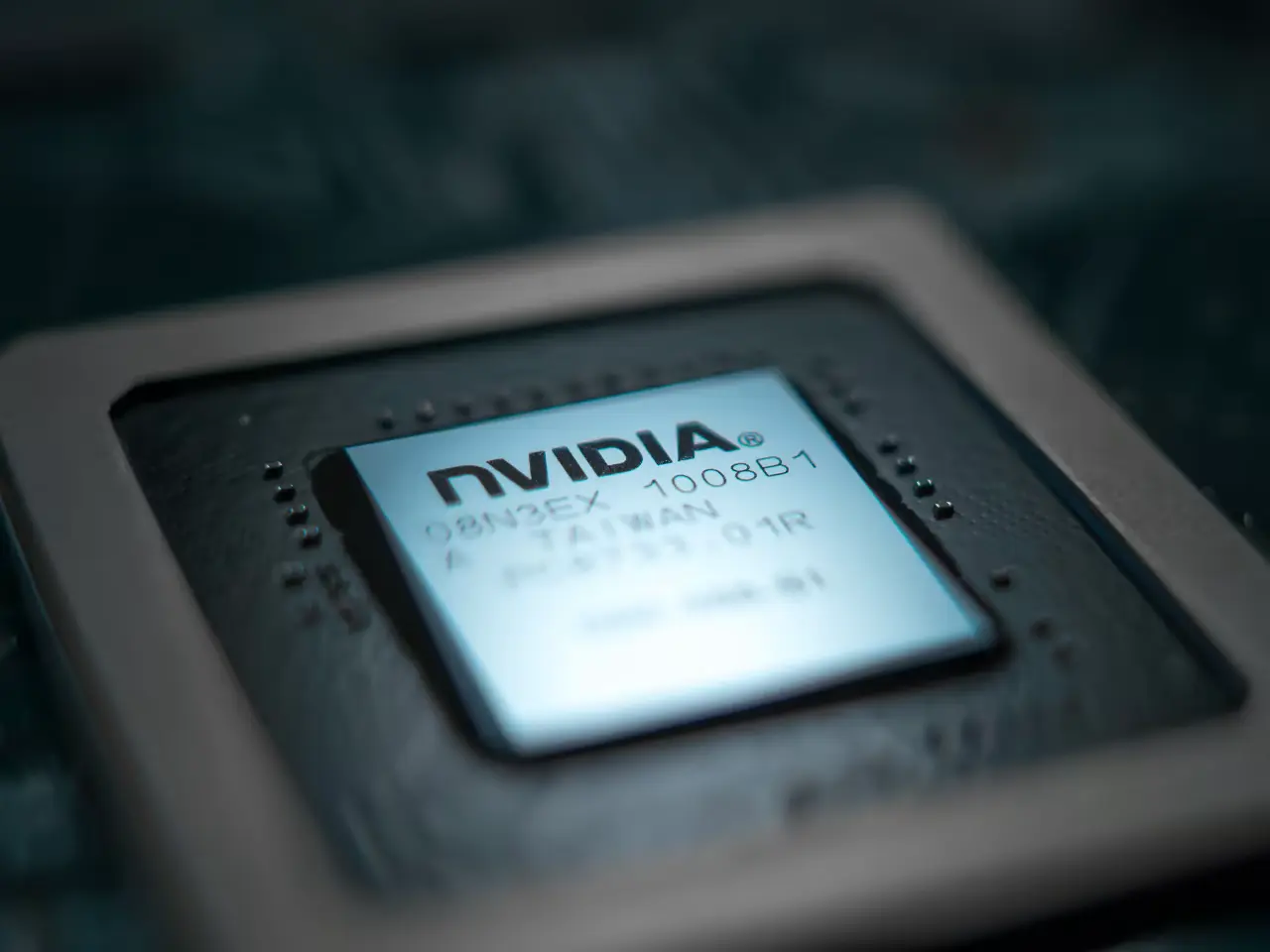In the fast-paced world of technology investing, few companies have generated as much excitement and scrutiny as Nvidia.
The company’s recent surge in growth and impressive profit margins have investors both thrilled and anxious, all while they contemplate whether Nvidia’s dominant position in artificial intelligence (AI) is sustainable.
The future trajectory of Nvidia’s stock hinges on the answer to this pivotal question.
As some experts predict a potential 50% annualized growth rate for AI accelerators over the next five years, Nvidia’s stock may appear undervalued.
However, lurking in the shadows are competitive forces that could erode the company’s AI dominance, potentially rendering its stock as expensive as its current price-to-earnings (P/E) ratio of 100 suggests.
Lisa Su, the CEO of Nvidia’s competitor, Advanced Micro Devices (AMD), recently questioned the concept of moats in a rapidly evolving market.
She expressed doubt about the invincibility of Nvidia’s AI moat, despite the company’s multiyear head start in AI accelerator hardware and software development.
 NASDAQ: NVDA
NASDAQ: NVDA

Nvidia’s Moat: Fact or Fiction?
The prevailing belief among investors is that Nvidia has a significant lead in AI, primarily due to its hardware innovations and its CUDA software stack.
CUDA was created to enable graphics chips for parallel processing, thereby facilitating AI training and inference.
Software moats can be incredibly influential, as exemplified by Microsoft’s Office suite’s dominance. Once a product becomes the industry standard, it’s challenging for competitors to displace it, thanks to the network effect.
However, Nvidia’s CUDA moat might not be as impenetrable as it seems.
Firstly, Nvidia’s GPUs are exceptionally expensive, with prices exceeding $30,000 per chip. Given that AI systems demand thousands of these chips, there’s a strong incentive for large cloud platforms and other AI customers to seek more cost-effective alternatives.
In contrast, Microsoft Office offers a relatively affordable product for enterprises.
Furthermore, companies like AMD, Intel, Meta Platforms (formerly Facebook), Alphabet (Google’s parent company), and Microsoft are contributing to open-source alternatives.
These industry giants possess ample developer resources, making it feasible to develop viable multichip platforms as alternatives to Nvidia’s AI solutions.
Additionally, we are still in the early stages of the AI boom, which began in earnest only recently. If these competitors move swiftly, they might establish a robust open-source platform before Nvidia’s moat becomes impervious.
The Rise of ROCm and SYCL
Both Intel and AMD have presented their CUDA alternatives at recent AI and data center chip conferences.
Unsurprisingly, they emphasize open platforms that allow software to be ported to different GPUs while integrating with existing open-source AI software.
Leading open-source platforms like PyTorch (originated at Meta), TensorFlow (from Alphabet), Deepspeed (Microsoft’s AI framework), and Hugging Face have garnered contributions from major tech giants.
What sets AMD’s and Intel’s software stacks apart is their portability features, which enable developers to convert CUDA code for use on different hardware with minimal recoding.
AMD’s software stack, ROCm, designed for AMD’s Instinct AI chips, is in its fifth generation and is considered “mostly open.” It is optimized for PyTorch and Hugging Face, and it allows developers to port code from other GPUs, likely including Nvidia’s.
Intel, on the other hand, promotes an open-source AI programming platform called SYCL, initially developed by the Khronos Group. SYCL is a higher-level open-source C++ software that supports code portability across different accelerators.
Intel even released a tool called SYCLomatic, which can port over 90% of CUDA code to SYCL with minimal adjustments.
The Hardware Battle
While Nvidia currently enjoys a substantial lead in AI chips, competitors like AMD, with its MI300 chiplet architecture, and Intel, with its Gaudi AI accelerators, are stepping up their game. Both have made advancements significant enough to attract high-profile AI startups.
However, the future of the AI market may not necessarily be a zero-sum game. There’s room for all three companies to thrive. Yet, investors, especially those with stakes in Nvidia, must closely monitor the AI software competition.
The outcome could determine whether Nvidia continues its dominant growth with margins exceeding 50%, as seen in recent quarters, or reverts to more industry-standard margins in the 20%-30% range, historically associated with leading-edge processors.
In the rapidly evolving landscape of AI technology, only time will reveal whether Nvidia’s moat can withstand the relentless pressure from its ambitious competitors.
As investors hold their breath, the battle for AI supremacy rages on, with innovation and adaptability as the ultimate deciders of victory in this high-stakes arena.

